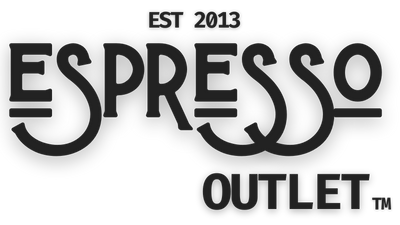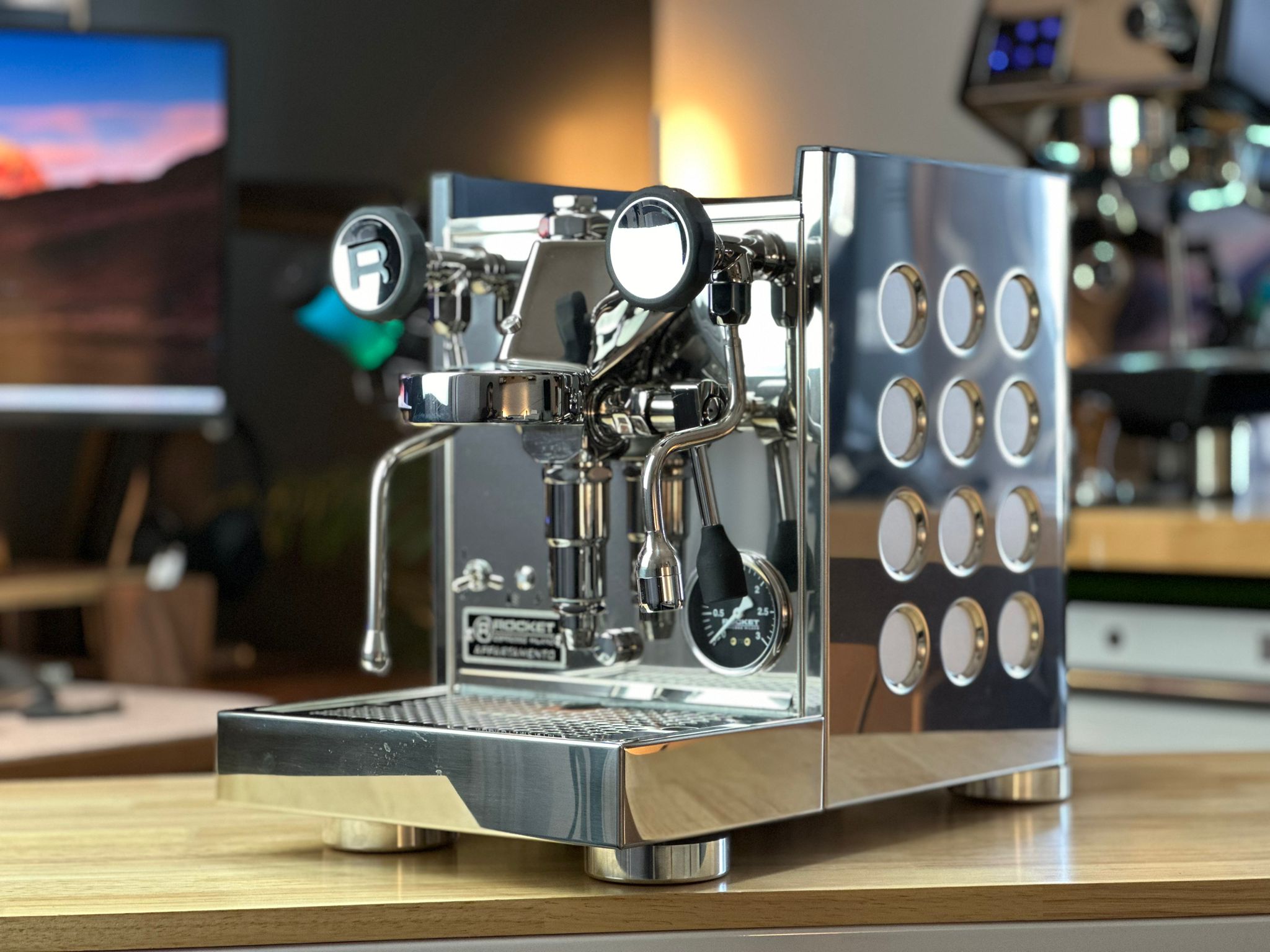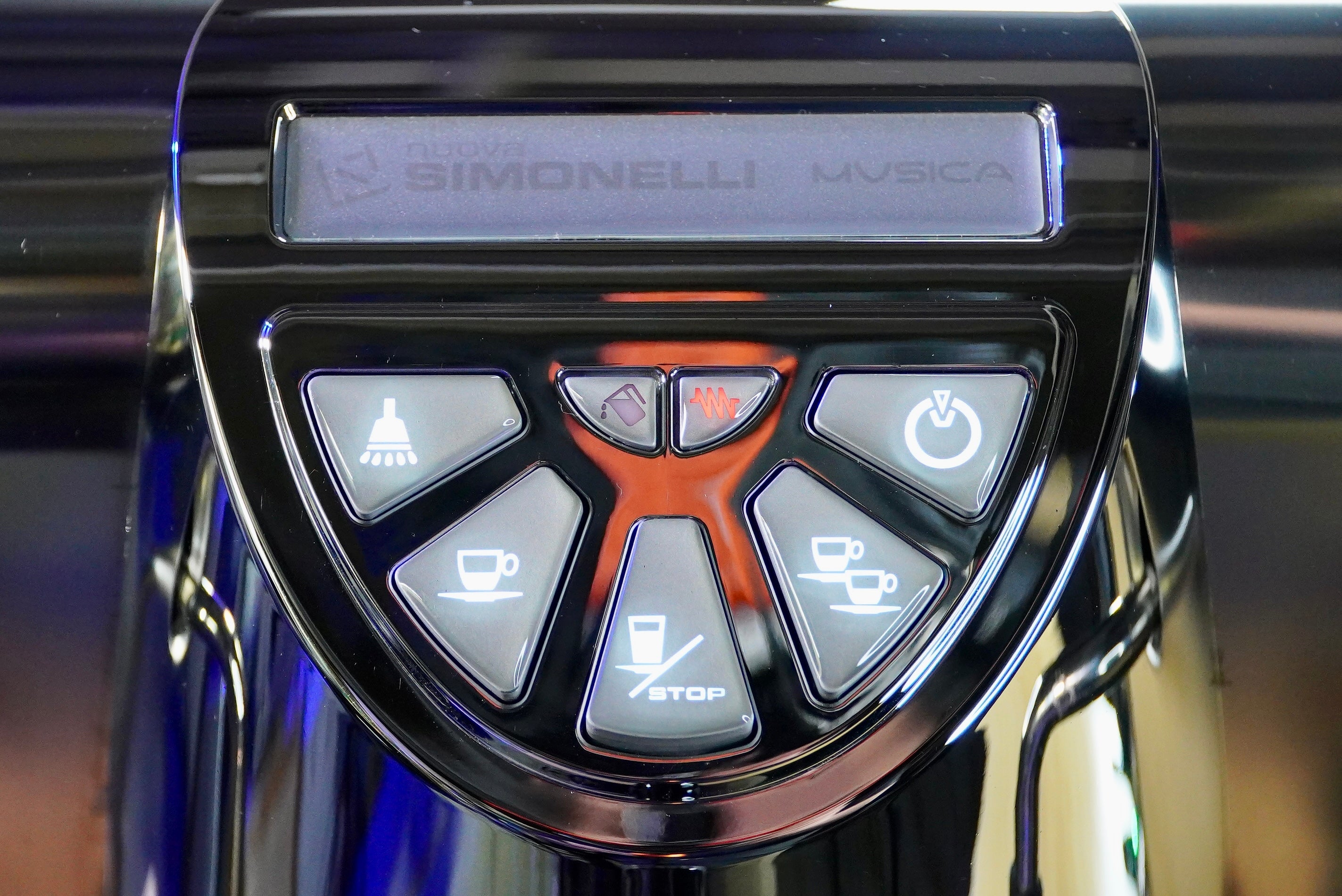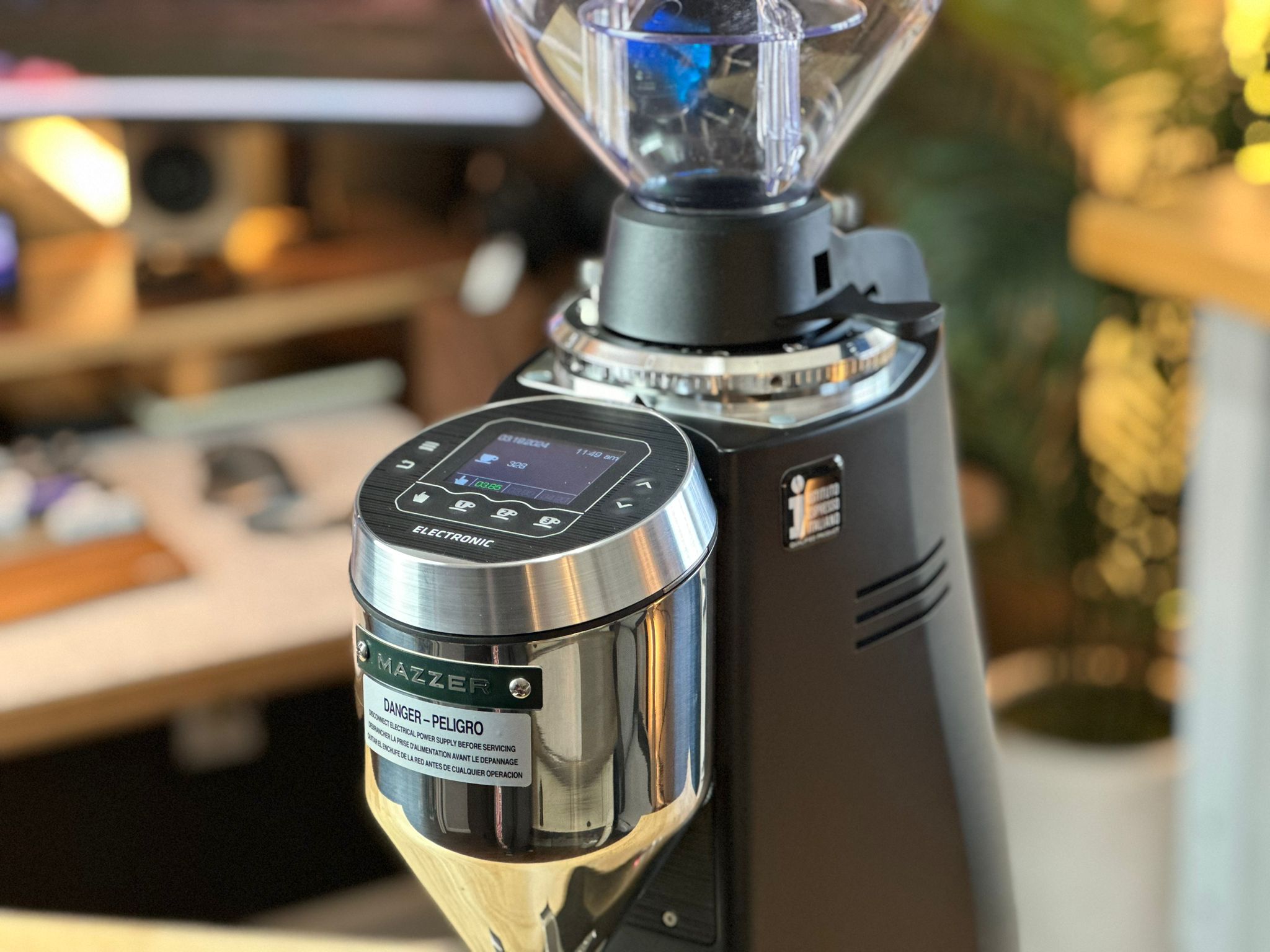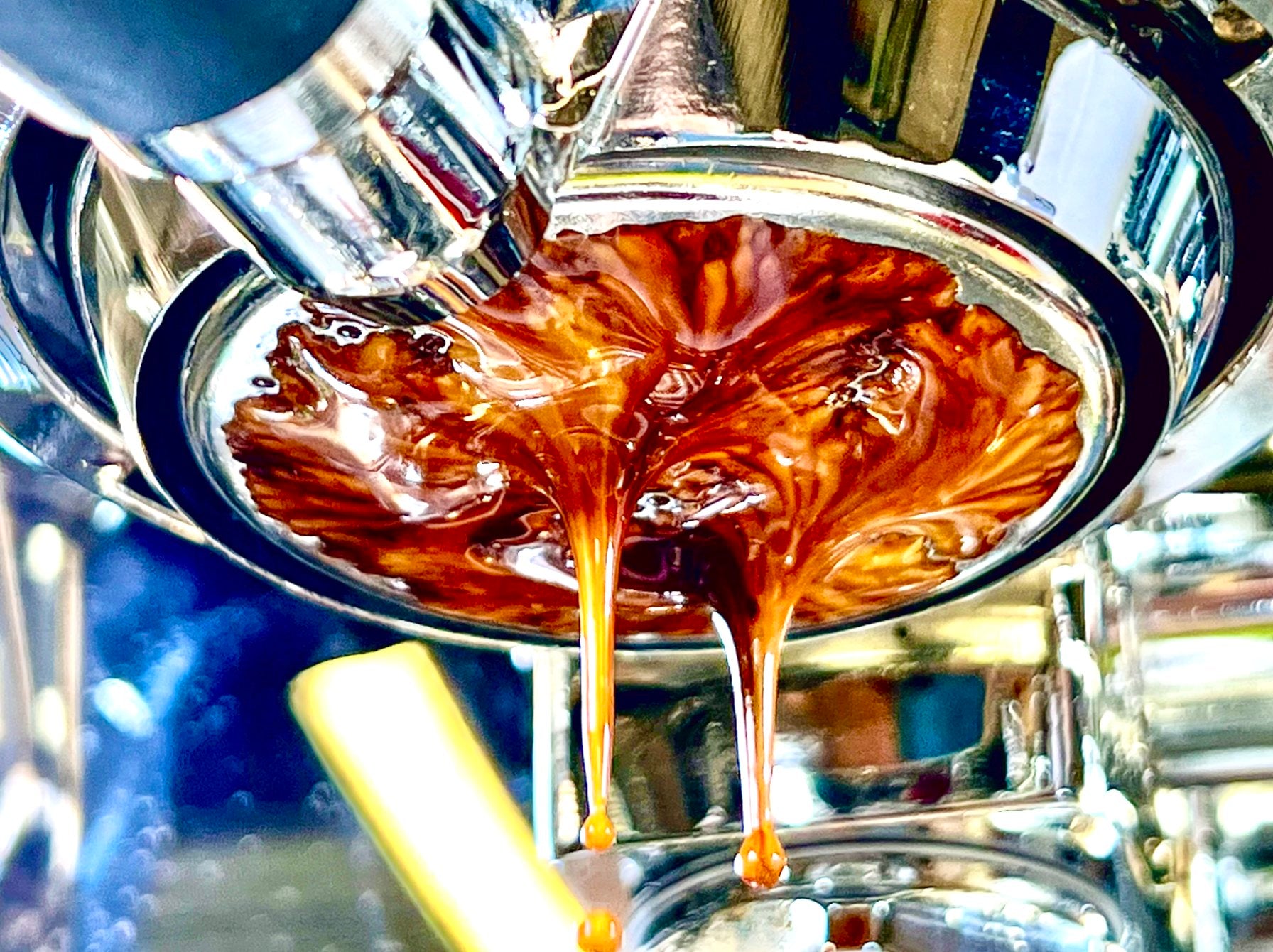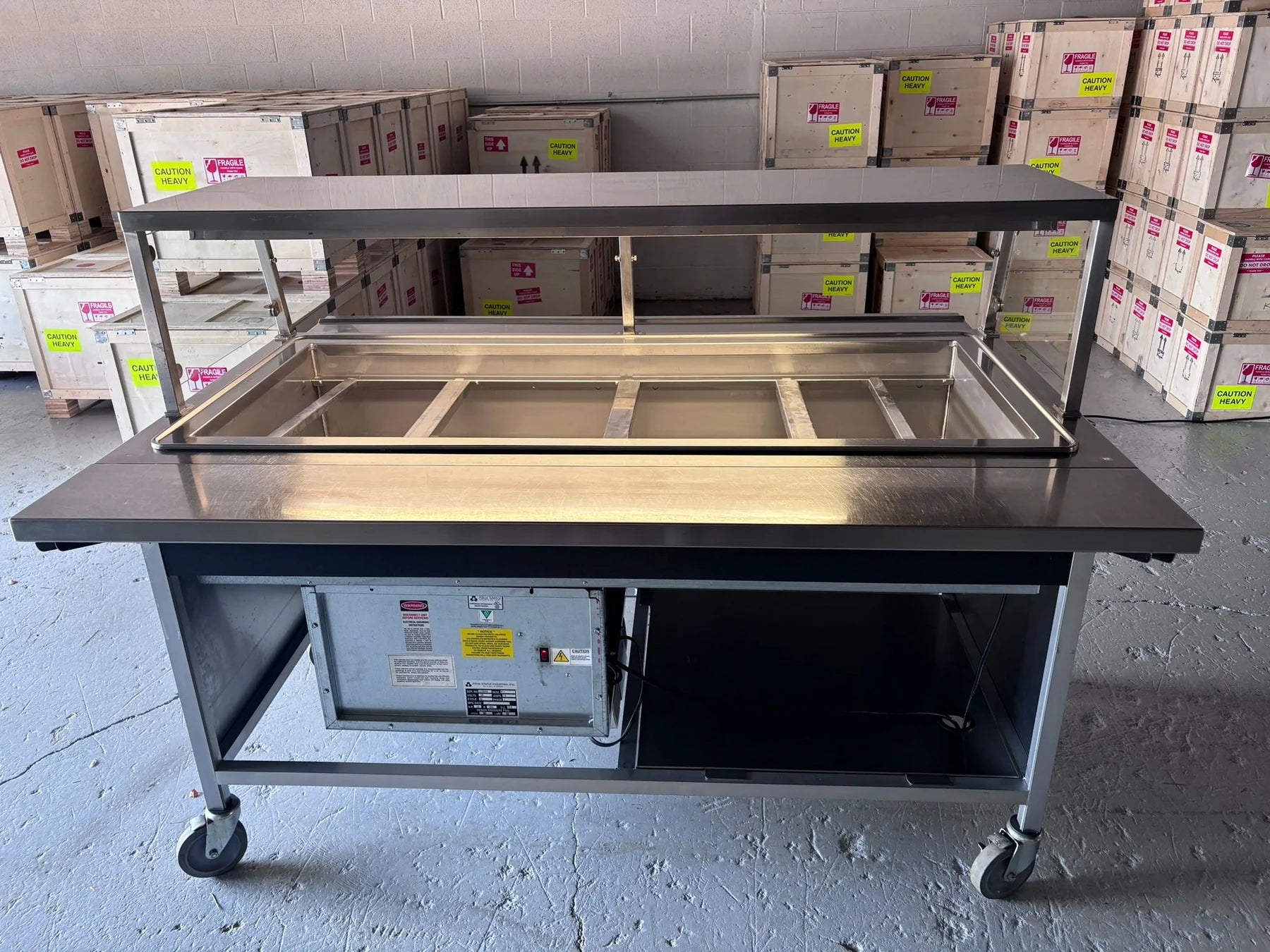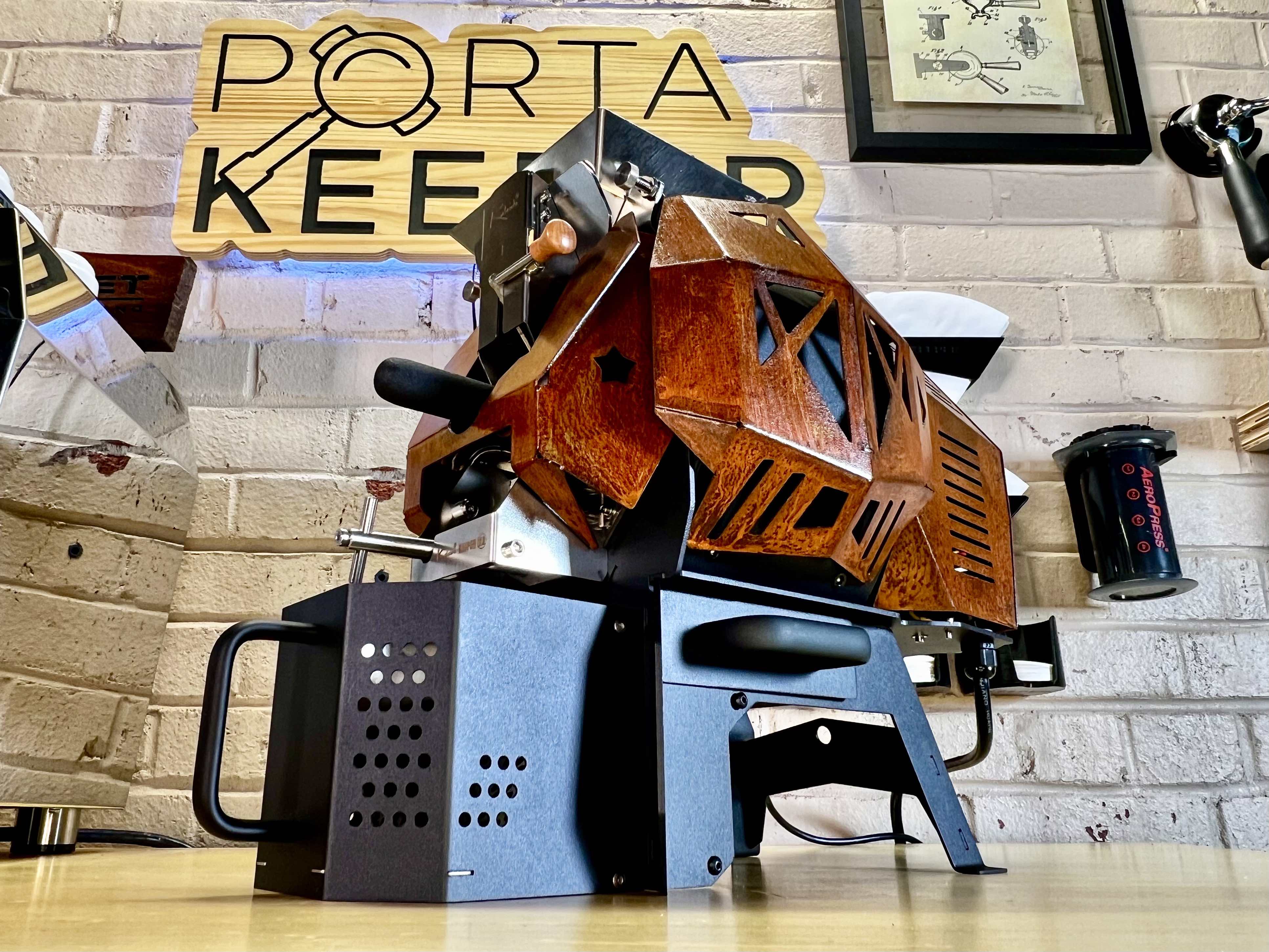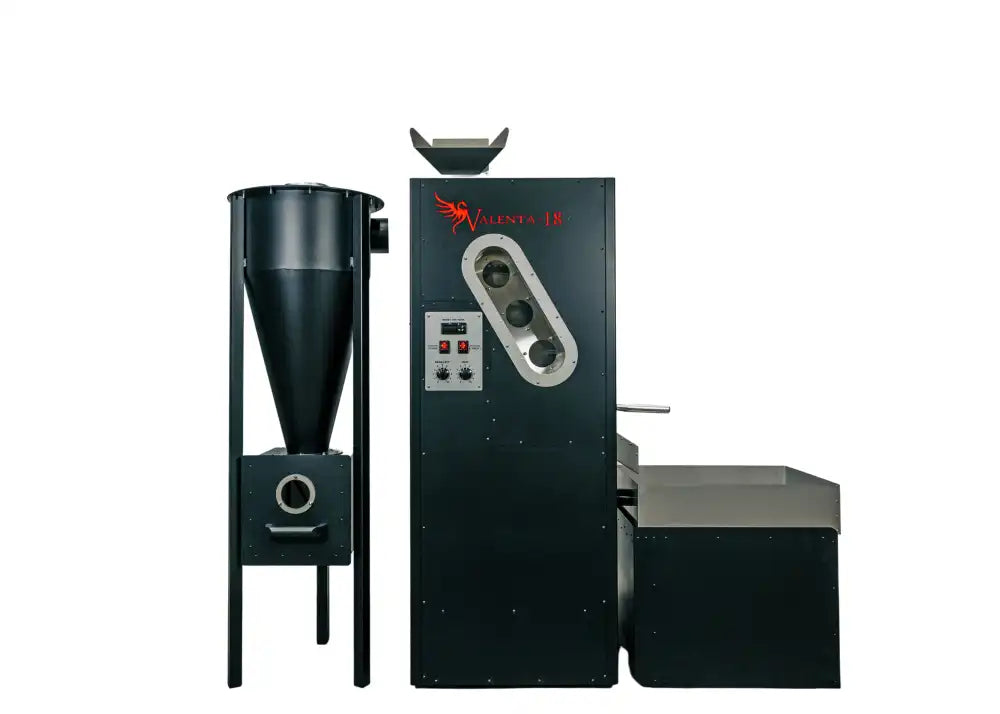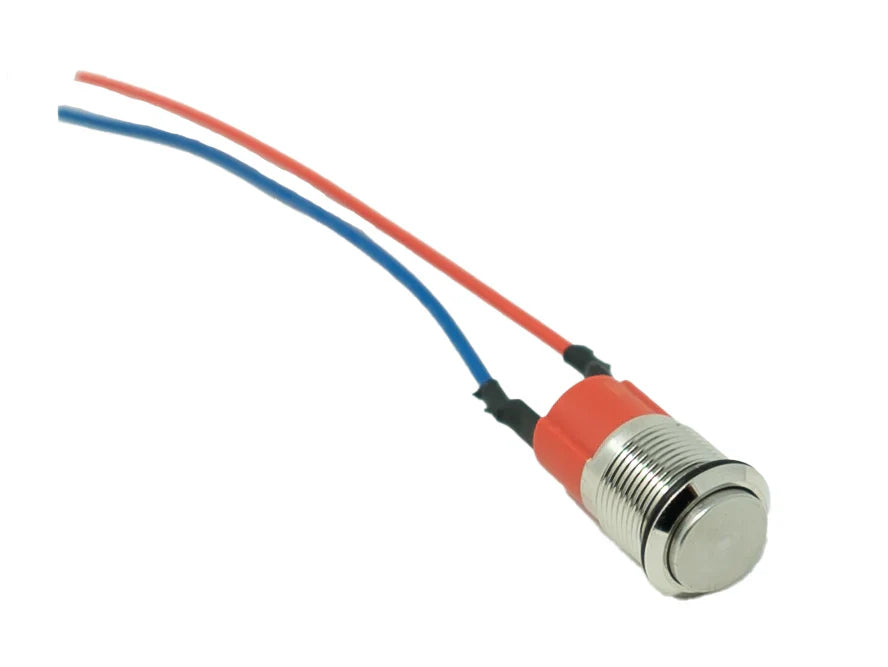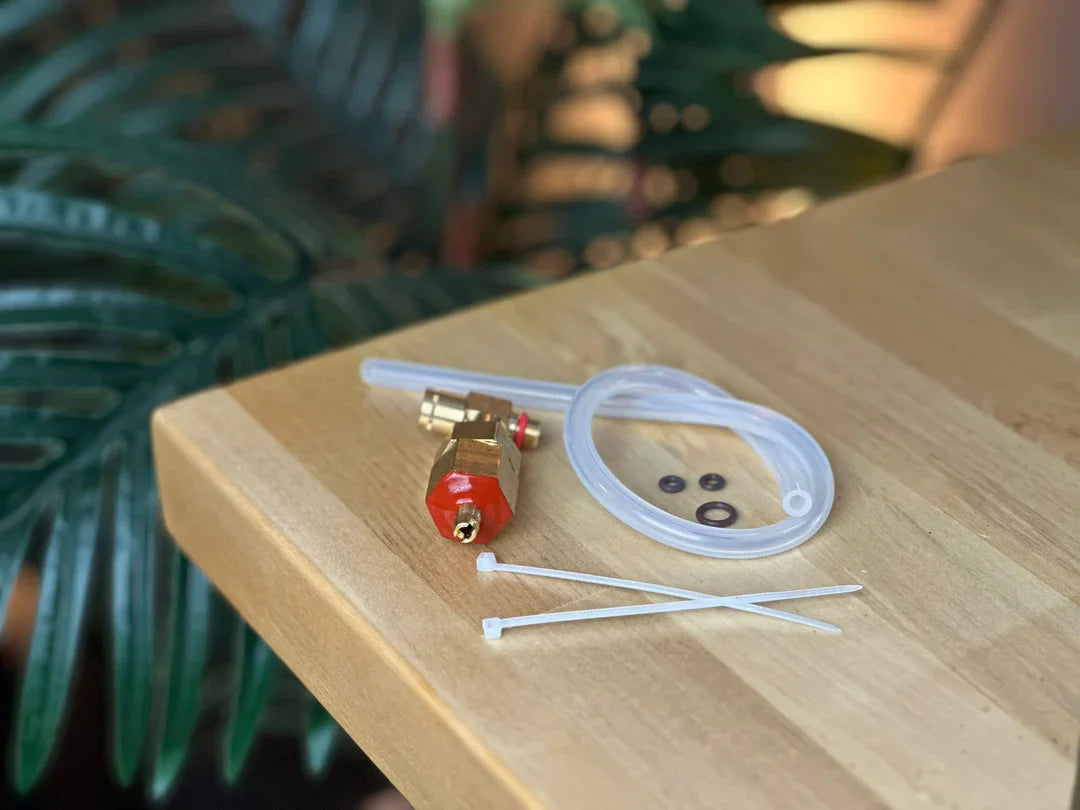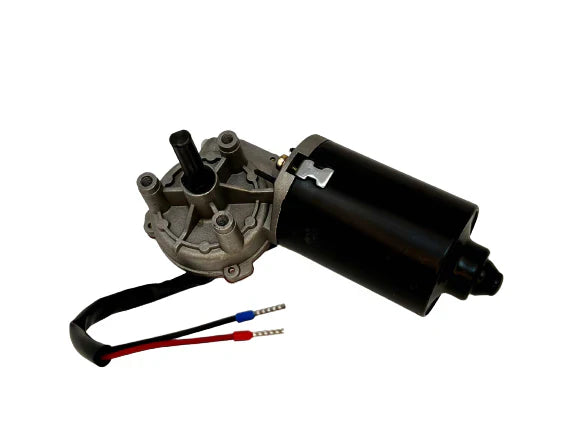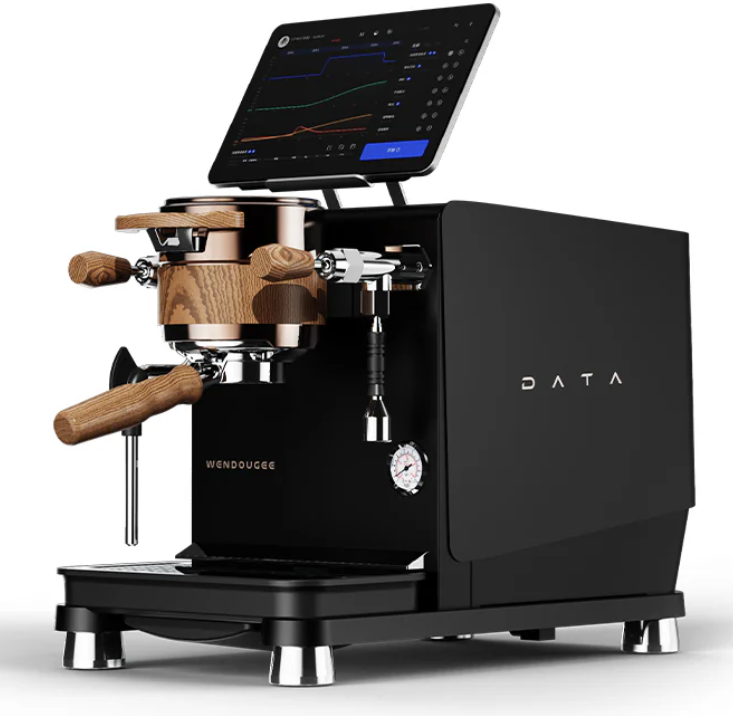How to Measure Water Hardness for Your Espresso Machine
Water hardness is an important factor when brewing espresso, as it affects both the taste of the coffee and the longevity of your machine. Hard water (high in calcium and magnesium) can lead to limescale buildup, which can clog your espresso machine and cause damage over time. Ideally, the water hardness for an espresso machine should be around 50 ppm (mg/L) or 3 grains per gallon (gpg), which helps prevent limescale buildup while ensuring good extraction.
Here’s how to measure water hardness for your espresso machine and maintain it at an ideal level.
1. Types of Water Hardness Tests
There are a few common ways to measure water hardness:
- Water Hardness Test Strips
- Digital Water Hardness Test Meters
- Titration Test Kits
Each method has different levels of accuracy and ease of use.
1.1. Water Hardness Test Strips
Test strips are inexpensive and easy to use but may not be as precise as other methods. They give a general range of hardness.
How to Use Test Strips:
- Dip the strip into a sample of water for 1–2 seconds.
- Wait for the strip to change color according to the manufacturer’s instructions (usually takes 30-60 seconds).
- Compare the color on the strip with the provided color chart to determine the hardness level in ppm or gpg.
- Ideal Range for Espresso Machines: Water hardness should be around 50 ppm or 3 gpg.
1.2. Digital Water Hardness Test Meters
Digital meters are more accurate than test strips and provide a direct reading of the Total Dissolved Solids (TDS) in water, which includes calcium and magnesium.
How to Use a Digital Meter:
- Turn on the TDS meter and ensure it is calibrated.
- Submerge the probe into a glass of water.
- Wait for the reading, which will be displayed in ppm (parts per million).
- Compare the result to the ideal hardness range for espresso machines (50 ppm).
Note: TDS meters measure all dissolved solids in water, not just hardness. To get a more specific measure of calcium and magnesium, you might need a water hardness meter.
1.3. Titration Test Kits
Titration kits are often used for more precise water hardness measurement, commonly in aquarium or water treatment applications.
How to Use Titration Kits:
- Fill a vial with a water sample to the indicated line.
- Add liquid reagents from the kit into the sample, drop by drop, while shaking.
- Count the number of drops it takes for the water to change color. This correlates to water hardness in gpg or ppm based on the instructions.
- Each drop typically equals a certain number of grains per gallon (gpg) or ppm.
2. Converting Grains per Gallon (gpg) to Parts per Million (ppm)
If your water hardness result is in gpg, you can easily convert it to ppm (mg/L). The conversion formula is:
- For example, if your test shows 3 gpg of hardness, it would be equivalent to:
This is close to the ideal hardness level for espresso machines.
3. Ideal Water Hardness for Espresso Machines
The recommended water hardness for most espresso machines is 50 ppm or 3 gpg. Maintaining this level ensures:
- Prevention of limescale buildup: Hard water with a TDS higher than 50 ppm can result in calcium and magnesium deposits inside the boiler and other components.
- Optimal flavor extraction: While some mineral content is necessary for proper extraction, too much hardness can result in bitterness and over-extraction.
Note: Different espresso machine manufacturers may have slightly different water hardness recommendations. Always check your machine's user manual for specific guidance.
4. Adjusting Water Hardness
If your water is too hard or too soft, you may need to adjust it:
4.1. If Water is Too Hard (Above 50 ppm)
- Use a water softener: You can either use an inline water softener, a softening cartridge, or a small ion-exchange resin water filter to reduce hardness.
- Mix distilled water: Combine tap water with distilled water to reduce the hardness to the ideal level.
- Install a reverse osmosis (RO) system: RO systems can remove most minerals from water, but be sure to reintroduce some minerals for taste and extraction.
4.2. If Water is Too Soft (Below 50 ppm)
- Add minerals: If the water is too soft, it can lead to under-extraction and flat-tasting espresso. You can add mineral packets, like Third Wave Water, or manually mix a small amount of magnesium sulfate (Epsom salt) and calcium chloride to reach the optimal level.
5. Routine Monitoring and Maintenance
Regularly testing your water hardness ensures that your espresso machine is running optimally. Using water that stays within the ideal hardness range of 50 ppm will prevent limescale buildup and prolong the life of your espresso machine, while also providing better-tasting espresso.
Conclusion
Measuring water hardness is a critical step in maintaining an espresso machine and ensuring the best possible espresso. Use a water hardness test strip, a digital meter, or a titration kit to measure the hardness, and aim for a hardness level of 50 ppm or 3 gpg. By managing water hardness properly, you'll prevent limescale buildup and enjoy better coffee extraction and flavor.
